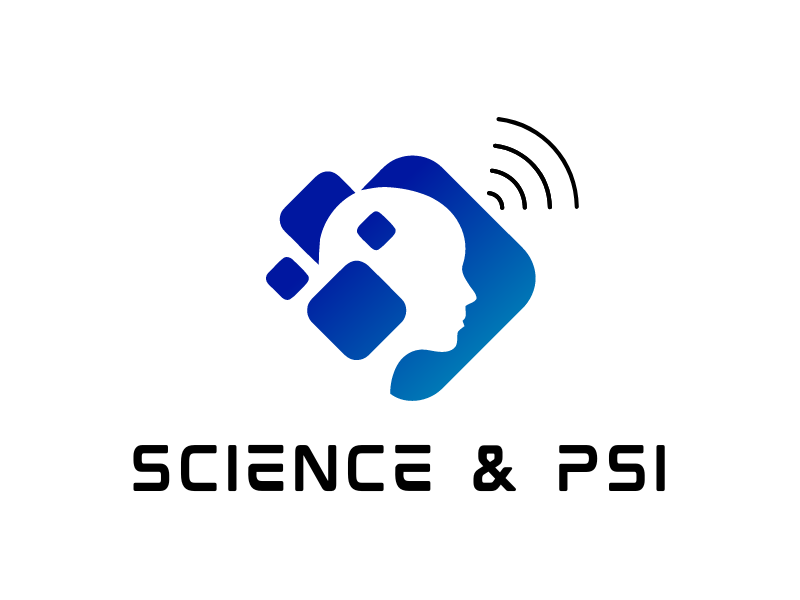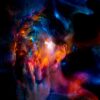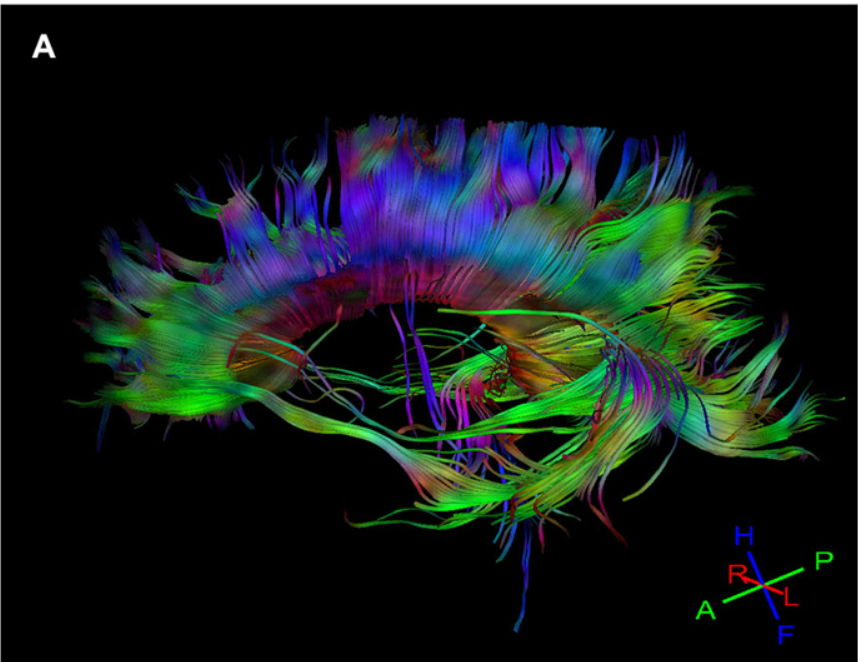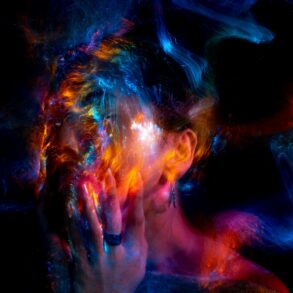For years, mystics and parapsychologists have speculated about a link between synesthesia and psi experiences. Synesthesia was highly controversial in the 1800s; disbelievers claimed it to be nonexistent . Modern technology in the 1990s shed light that it does indeed exist. Synesthesia is a neurological condition where stimulation of one sensory or cognitive pathway automatically and involuntarily triggers experiences in another. For instance, a synesthete might hear sounds and simultaneously perceive them as colors, or associate letters and numbers with specific hues. While the exact cause remains unclear, synesthesia has been connected to neural hyperconnectivity. Most people with synesthesia are born with it due to genetic and neurological factors, and it typically emerges in childhood.
However, in rare cases, synesthesia can develop following brain injuries as the brain reorganizes its neural network. Despite its unusual nature, synesthesia is not considered a disorder. Many are unaware they have synesthesia as it may only occur under certain circumstances and it feels natural. Therefore they assume everyone has these associations or added dimension of perception. What makes this different from a hallucination is that it is highly consistent. For example the color red may always be associated with the number 3. It appears to enhance one’s perception rather than distort it. Though some synesthetes may choose to hide their experiences because others may consider it strange. Others consider it neuro exceptional. Uniqueness of different perceptions is something to celebrate with curiosity rather than shame and ignorance.
Synesthesia manifests in various forms, and throughout history, some mathematical or creative savants have reported to have synesthesia. In fact, many find their condition beneficial, especially in areas like memory and creativity. Research has suggested that synesthetes may enjoy cognitive advantages, such as enhanced memory, creativity, and problem-solving abilities due to their unique enhanced sensory associations. For example, they may better recall information by linking it to vivid colors or sounds or feelings. While most synesthetes report their experiences as positive, others can sometimes find them overwhelming or distracting, particularly in high-stimulus environments .
Interestingly, deep meditation and the use of psychedelics have been shown to induce similar synesthetic experiences. Meditation has been known to induce neuroplasticity as well. These altered states increase communication between brain regions involved in sensory processing, leading to temporary synesthetic perceptions. During these states, individuals often describe a sense of interconnectedness, frequently summarized in the phrase “We are all one”—a sentiment so common it has become a meme. A sense of profound love, unity, empathy that is common among mirror touch synesthesia. This deep sense of connection may be the antidote our society needs in order to advance as a civilization against the prevailing issues of climate change, human rights, healthcare, and the global house crisis. Strangely enough, individuals have reported psi phenomena, such as precognition, during these altered states. As reported in the article, “Psychedelics, parapsychology and exceptional human experiences“.
In 2017, at the 4th International Conference on Psychedelic Consciousness in London, Luke David presented a talk titled Psychedelomancy: Controlled Experiments in Psychedelic Precognition. (Video of the lecture down below. )He discussed studies that documented psi experiences during altered states. With a resurgence in psychedelic research, scientists are now calling for further experiments to validate these early findings using more advanced methodologies.
Edwin C. May , a researcher in the U.S. government’s STARGATE program, has explored the possible connections between synesthesia and psi phenomena. In his 2015 paper Rethinking Extrasensory Perception in SAGE Open, May suggested that the cognitive processes in synesthesia may share similarities with those underlying psi abilities. This includes non-linear thinking, enhanced pattern recognition, and atypical integration of sensory information. May’s research examines whether synesthesia may be linked to extrasensory perception (ESP) and precognition. He proposes that individuals with synesthetic tendencies might have heightened psi abilities or a distinct processing style related to psychic phenomena. In an interview with Jeffrey Mishlove on August 21, 2024, May noted that top psi performers in triple blind studies exhibit synesthesia, leading him to suspect that increased neural connectivity—particularly in white matter—may be key. Currently, May is collaborating with neuroscientists in Brazil, using diffusion tensor imaging to map the brains of former STARGATE remote viewers, aiming to understand this hyperconnectivity further. Checkout Humantome Project for Diffusion tensor imaging
This speculation ties into broader research on consciousness and perception, as synesthesia offers a unique window into the mind-brain relationship. Does increased hyperconnectivity distort our reality or enhance it? Researchers argue that studying synesthesia could advance our understanding of consciousness.
Global Workspace Theory, Integrated Information Theory, Higher-Order Thought Theories, and Orchestrated Objective Reduction (Orch-OR). Exploring how synesthesia relates to psi experiences might offer new insights into these longstanding questions about the nature of consciousness.









